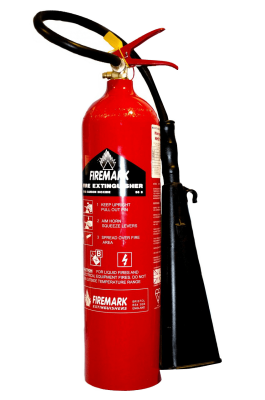Protecting Your Pets And Family from Fires6 min read
PROTECTING YOUR PETS AND FAMILY FROM FIRES
Humans have had a love-hate relationship with fire since cavemen discovered it and used it to their advantage. Fire was used to cook food and keep people warm. Early humans learned that burning small fires kept large predator cats away from their homes. Animals are all instinctively afraid of smoke and fire. The hate problem with fire is the same now as it was then. Fire can burn down your home and potentially snuff out your life.
Much has been written about fire safety for people but what about protecting your pets and family from fires? Dogs and cats cannot climb ladders or devise ingenious paths away from a smoldering house fire. I have written many times that infants and pets are 100% dependent on adults to take care of them.
PLANNING AND PREPARATION IS IMPORTANT
All family members need to sit down at a table and discuss fire safety. What happens when a family member smells smoke? There has to be an evacuation plan that allows people and pets to escape a burning fire. Do not just pick one plan but have multiple escape routes in case one is blocked by extreme heat or smoke.
If you have one pet designate one person to find the animal and take it outside to safety. If there are multiple pets in the household assign one person to one pet and another person to the other and so on.
It is important to let fire department personnel know that there are pets in the household. The ASPCA and Pet Rescue Stickers offer large, red stickers that are placed on windows at home entrances to alert firemen that pets are in the home.
Protecting your pets and family from fires starts with a good dose of common sense. All rooms in the home should have working smoke detectors either battery operated or hard wired to the home’s electrical system. The latter have battery backups in case the power goes out. Test your system frequently and change batteries regularly. When the time change occurs in fall and spring is a good time to put in a supply of fresh batteries.
Fire strength depends upon large amounts of oxygen for development. Sucking up excess oxygen in a home decreases the amount that you and your pets require for respiration. Levels of carbon monoxide will increase. This is why it is important to install carbon monoxide detectors about 4 feet from a floor surface. The most dangerous fires are those when people are sleeping. The height of people in beds is about 4 feet so the alarm will signal at THAT HEIGHT when carbon monoxide levels reach excessive levels.
FIRE AND PET PSYCHOLOGY
Protecting your pets and family from fires also involves understanding the pet psychology under these situations. Every living being is hard-wired to panic when smoke is in the air. The nose (olfactory device) is extremely sensitive to low concentrations of smoke. Insects such as honeybees fear smoke. I used to take care of them when I lived in Ohio. I used to use smokers that made them more docile to handle. When they smell smoke they engorge on honey. This distracts them so we can do whatever is needed to be done at the time.
Obviously, pets are more complex. When pets panic they will often seek security and comfort in places where they feel safe. Those places are where you will normally find your pet chilling out. Dogs feel safe and protected with objects, such as an end table, on top of them. This mimics their ancestors that lived in dens. With these facts in mind look for your pets in THESE places first before looking elsewhere in your home if smoke or fire is detected.
What do you do if your family leaves a home that is burning but you can not find your pet? Leave the home, leave as many doors open as possible and call your pet multiple times to coax the animal outside. This can be very difficult to accomplish if you own cats.
PRACTICE THE PLAN
Once your family has a plan for evacuating a home in case of a fire it is important to practice the procedure. Practice builds confidence and you will get more efficient with each dry run. You will be able to shave off precious minutes allowing your family and pets to reach safety.
How do you transport pets outside during a fire? ALL pets must be restrained before taking them outdoors. Just calling a dog to follow you will not work. They are animals and will continue to panic. Instead of following you they will retreat to their safe spot. Take all dogs outside using a harness or leash. Cats and tiny dogs should be put in an appropriate cat carrier. Take a look at that Amazon® infant bag down below. In a pinch, put cats in a pillow case and knot the top.
Protecting your pets and family from fires doesn’t stop there. The goal is to minimize the chance of fires from starting in the first place. If you do not smoke, great! Falling asleep with a cigarette in your hands has started many a fire. Get rid of stacks of newspapers and old paint cans that could fuel a fire. If you live in an older home make sure that your home electrical wiring is up to code.
Above all, do not take chances that a fire will never strike you. Your family and pet’s lives may be at risk.





